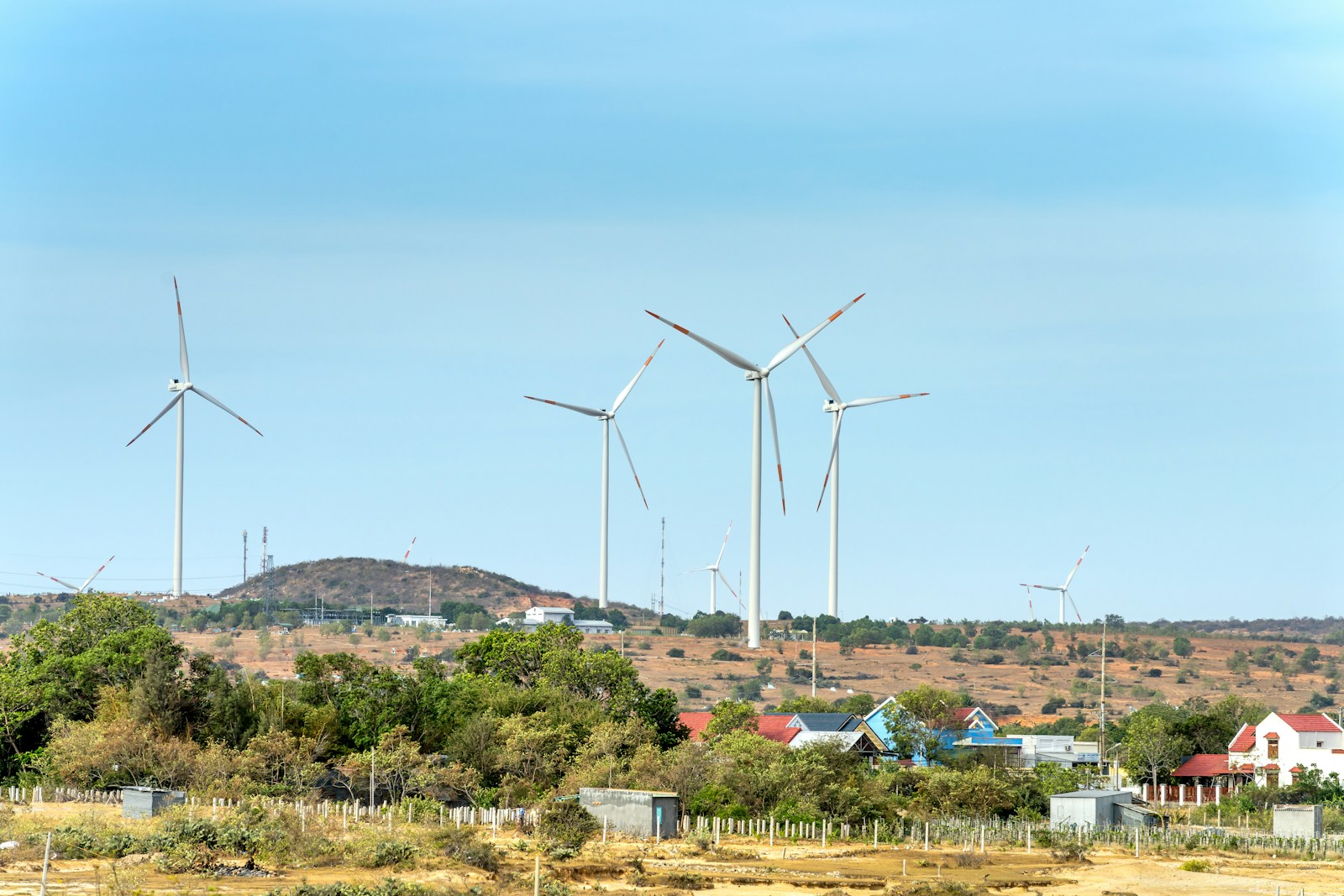Energy Project Loan Plan
The Energy Project Loan Plan is crafted to support businesses, developers, and public–private partnerships undertaking large-scale energy initiatives. Energy is the lifeline of modern economies, powering homes, industries, and digital systems. Yet, most countries still face gaps in reliable and sustainable energy supply.
This loan product addresses that gap by financing projects in:
Renewable energy (solar farms, wind parks, hydro plants, biomass, geothermal).
Conventional energy (gas plants, refineries, grid expansions).
Hybrid projects that combine renewable and conventional solutions.
Unlike shorter business loans, the Energy Project Loan focuses on long-duration, capital-intensive, high-impact projects. It is denominated in United States Dollars (USD), making it especially suitable for international procurement, foreign investment partnerships, and global compliance standards.

2. Eligibility Criteria
Borrowers must demonstrate readiness to handle complex, high-value projects.
Borrower Profile:
Established corporations, joint ventures, or consortia.
Energy developers with proven expertise.
Public–private partnerships (PPPs) with government backing.
Requirements:
Feasibility studies and environmental impact assessments.
Clear licenses and government approvals.
Signed power purchase agreements (PPAs) or long-term off-taker contracts.
Robust governance and financial statements.
3. Loan Structure and Terms
The Energy Project Loan Plan mirrors the scale and lifecycle of energy projects.
Repayment Interval: Quarterly or semi-annual, aligned with energy revenue streams.
Total Installments: Long tenor (7–12 years), recognizing construction and stabilization phases.
Repayment Model: Grace period during construction → gradual repayment once operations start.
Application Fees: Fixed and percentage-based fees covering due diligence, legal, and technical reviews.
Penalty Framework: Grace period included; overdue repayments attract both fixed and variable penalties.
4. Repayment Analysis (Illustrative)
Energy projects often require 2–3 years of construction before revenue begins. To accommodate this:
Borrowers service only interest during the construction phase.
Full repayment begins once the project starts generating electricity or fuel sales.
Repayments are structured against predictable long-term cash flows (e.g., PPAs, government contracts, industrial supply agreements).
This makes the loan sustainable and synchronized with the natural rhythm of energy projects.
5. Use Cases / Practical Scenarios
Solar Power Plants
Financing panel procurement, land development, inverters, grid connection.
Wind Energy Farms
Loan supports turbines, towers, cabling, and substations.
Hydropower Stations
Funding for dam construction, turbines, environmental mitigation.
Gas & Thermal Plants
Loan covers plant construction, pipelines, and transmission lines.
National Grid Expansion
Financing transmission towers, substations, and smart grid systems.
Hybrid Systems
Loans used for combined renewable + storage solutions to stabilize power supply.
6. Benefits
Large-Scale Financing: Designed for multimillion-dollar projects.
Long-Term Tenor: Aligns with the lifecycle of energy plants.
Grace Period: Eases financial burden during construction.
Global Credibility: USD denomination builds confidence with investors and suppliers.
Sustainability Alignment: Renewable projects financed under this plan also improve ESG ratings.
7. Risks & Considerations
Construction Risks: Delays, cost overruns, or contractor issues.
Regulatory Risks: License withdrawals, policy changes, or tariff disputes.
Currency Risks: USD loans must be repaid even if revenue is in local currency.
Environmental Risks: Non-compliance may cause penalties or shutdowns.
Market Risks: Overcapacity or underutilization if demand projections are wrong.
8. Regulatory and Compliance Aspects
Borrowers are required to:
Maintain strict compliance with energy sector regulations.
Submit environmental and social impact reports.
Uphold anti-money laundering and governance standards.
Provide periodic technical and financial updates.
LendRoam ensures:
Due diligence on power purchase agreements.
Site visits and technical monitoring.
Independent audits throughout the project lifecycle.
9. Case Study (Hypothetical Example)
Business: SolarBright Energy Ltd.
Project: 250MW solar farm in a developing country.Loan Usage: Procurement of solar panels, inverters, land acquisition, grid connection.
Impact: Power supply for 1.5 million homes, significant carbon emission reduction.
Repayment: Grace period during 30 months of construction, then repayments tied to long-term PPA with the national grid.
10. Conclusion
The Energy Project Loan Plan is one of the most impactful products in LendRoam’s financing portfolio. It enables borrowers to deliver nation-transforming energy projects, support industrialization, and expand access to reliable power.
By omitting specific loan amounts, this plan remains flexible and scalable — equally suited to mid-sized solar developers and multinational energy consortia.
Ultimately, the plan combines financial depth, extended tenor, global credibility, and sustainability alignment, ensuring that financed projects not only succeed commercially but also create lasting social and environmental benefits.
